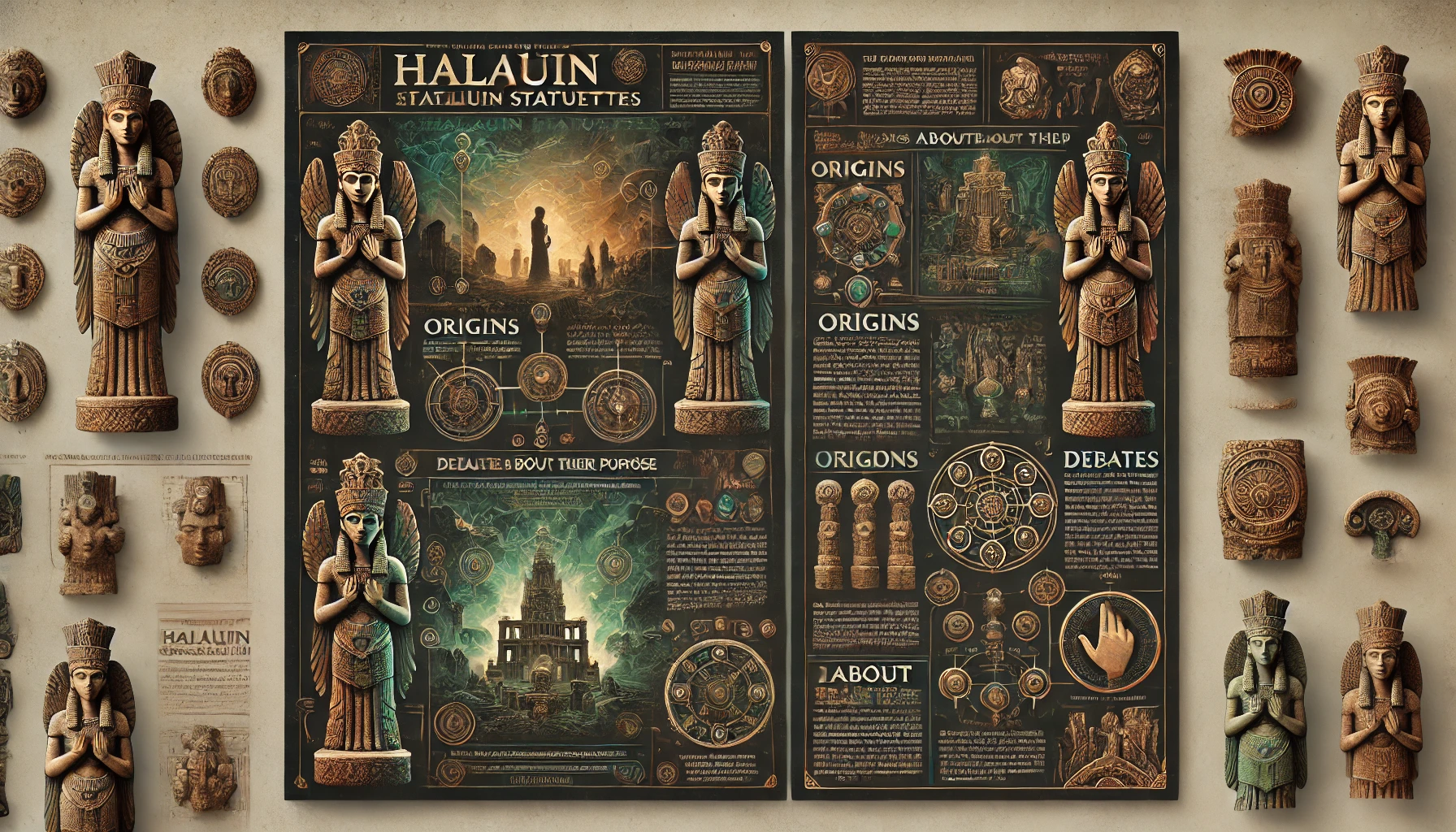If you’ve come across the phrase “Halauin Statuettes Inquestion” and found yourself wondering what it means or why it’s significant, you’re not alone. These mysterious statuettes have sparked curiosity for their unique design, historical relevance, and enigmatic purpose. Whether you’re a history buff, a collector, or simply curious, this post will dive deep into the origins, cultural importance, and ongoing discussions about these fascinating artifacts.
What Are Halauin Statuettes?
Halauin statuettes are small, intricately crafted figurines believed to originate from [insert relevant region or culture if known]. These statuettes are known for their distinct features, which often include [describe key characteristics, such as unusual materials, symbolic designs, or recurring themes].
While their exact origins remain a subject of debate, many researchers believe they were used for [possible uses, such as religious rituals, decorative purposes, or storytelling]. The phrase “inquestion” suggests ongoing investigations into their history and meaning, adding an extra layer of intrigue.
Why Are Halauin Statuettes Significant?
The significance of Halauin statuettes lies in their cultural and historical context. Here are a few reasons why they’ve captured attention:
- Historical Insight
These statuettes provide a glimpse into the lives, beliefs, and artistic expressions of the people who created them. They serve as tangible links to the past. - Symbolism and Mystery
Many of these statuettes are thought to carry symbolic meanings. From depicting deities to representing abstract ideas, their designs invite endless interpretation. - Rarity
Genuine Halauin statuettes are considered rare and are often the focus of collectors and historians alike. Their scarcity makes them even more valuable.
Theories Surrounding Halauin Statuettes
Because of their mysterious nature, several theories exist about the purpose and origin of Halauin statuettes. Let’s explore a few:
1. Ritualistic Artifacts
Some historians suggest that these statuettes were used in religious or spiritual ceremonies. Their intricate designs might symbolize offerings to deities or representations of spiritual beings.
2. Storytelling Tools
Another theory posits that the statuettes were used as a form of storytelling, with each piece representing a character or event from myth or history.
3. Decorative or Status Symbols
It’s also possible that Halauin statuettes were purely decorative, designed to showcase the wealth or artistic taste of their owners.
4. Puzzle Pieces of a Larger Picture
Some researchers believe these statuettes could be part of a larger collection or arrangement, meant to convey a specific narrative when viewed together.
Where Can You Find Halauin Statuettes?
Halauin statuettes are typically found in the following places:
- Museums and Exhibitions: Many institutions feature them in cultural or historical exhibits.
- Private Collections: Some collectors have acquired these pieces through auctions or inheritance.
- Archaeological Sites: In rare cases, new statuettes are discovered during excavations, offering fresh insights into their origins.
If you’re interested in viewing or learning more about them, visiting a museum or researching online archives is a great place to start.
The Debate Surrounding Halauin Statuettes
The phrase “inquestion” in this context highlights ongoing debates and uncertainties about these statuettes. Here are a few of the key questions researchers are still trying to answer:
- What do they represent?
While many theories exist, there’s no definitive answer about the meaning behind these figurines. - Who made them?
Pinpointing the exact culture or civilization responsible for their creation remains challenging. - Why were they created?
Were these statuettes purely decorative, or did they serve a deeper purpose?
The beauty of Halauin statuettes lies in their mystery. Each new discovery has the potential to rewrite what we know—or think we know—about them.
Conclusion
The Halauin statuettes remain a fascinating topic for historians, collectors, and anyone with an appreciation for art and history. While much about them is still “inquestion,” this only adds to their allure. Whether they were ritual tools, decorative pieces, or storytelling aids, one thing is certain: these statuettes are a testament to the creativity and craftsmanship of the people who made them.
FAQs
1. What are Halauin statuettes?
Halauin statuettes are small, intricately designed figurines believed to have historical and cultural significance. Their exact purpose remains unclear, but they are thought to represent spiritual, decorative, or narrative themes.
2. Why are they called “inquestion”?
The term “inquestion” reflects the ongoing debates and research about the origins, purpose, and meaning of these statuettes.
3. Are Halauin statuettes rare?
Yes, genuine Halauin statuettes are considered rare and are often found in museums, private collections, or archaeological sites.
4. What materials were used to make them?
Most Halauin statuettes are made from [insert materials if known, e.g., clay, stone, or metal], showcasing the craftsmanship of their creators.
5. Where can I learn more about Halauin statuettes?
You can explore museum exhibits, research academic papers, or browse online archives to learn more about these fascinating artifacts.
If you’ve found this post helpful or have your own theories about Halauin statuettes, share your thoughts in the comments below. Let’s unravel the mystery together!

